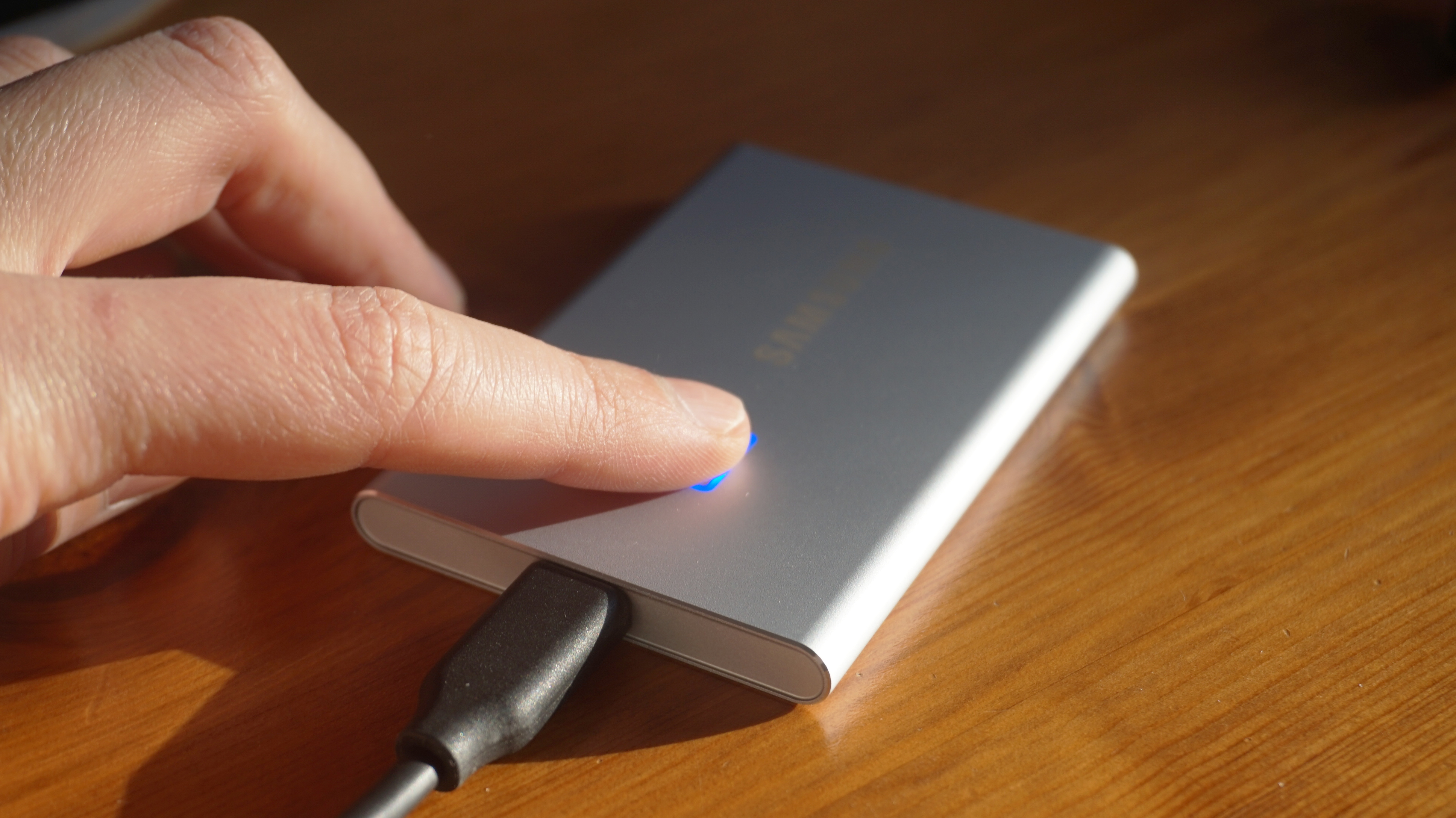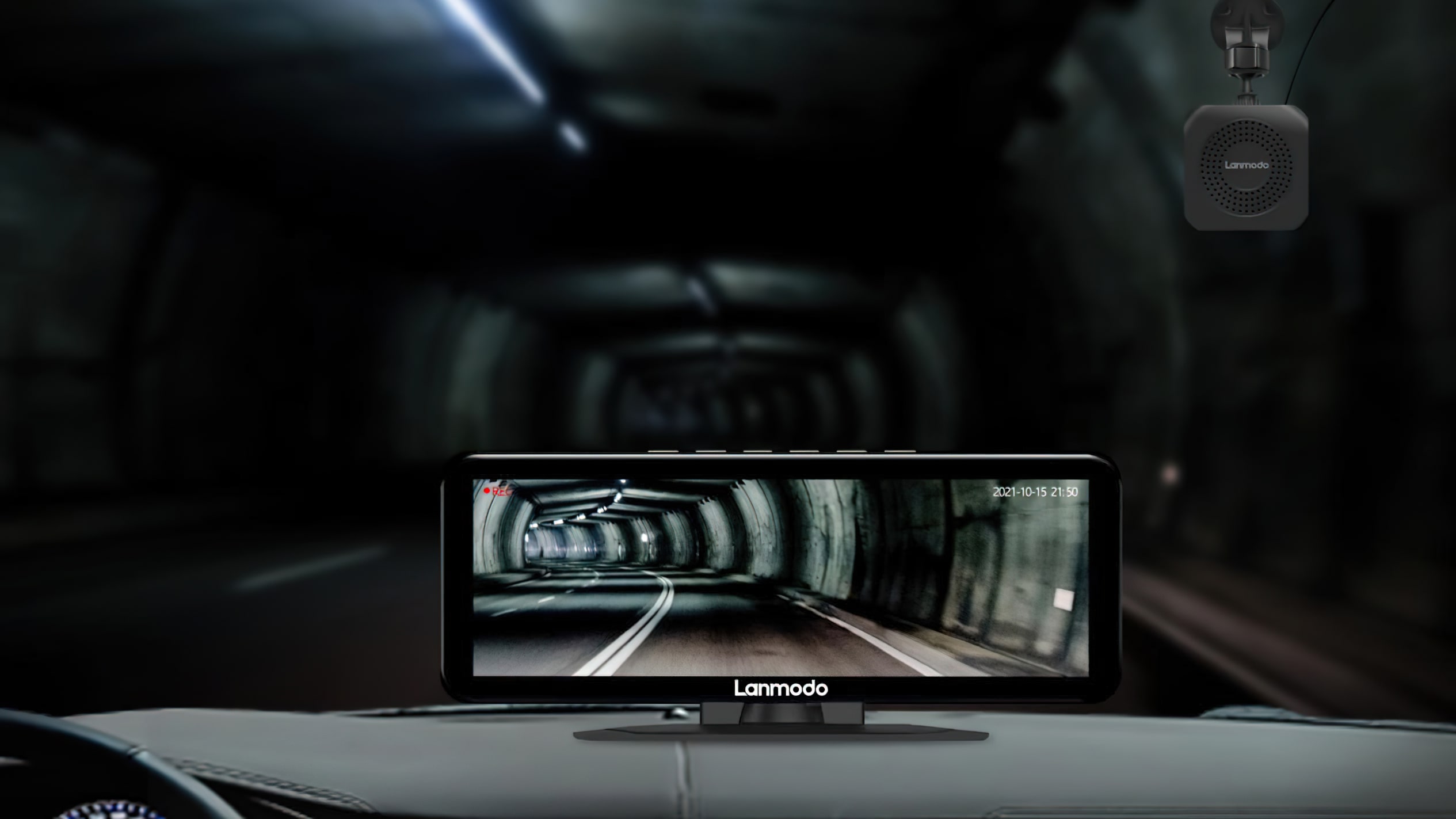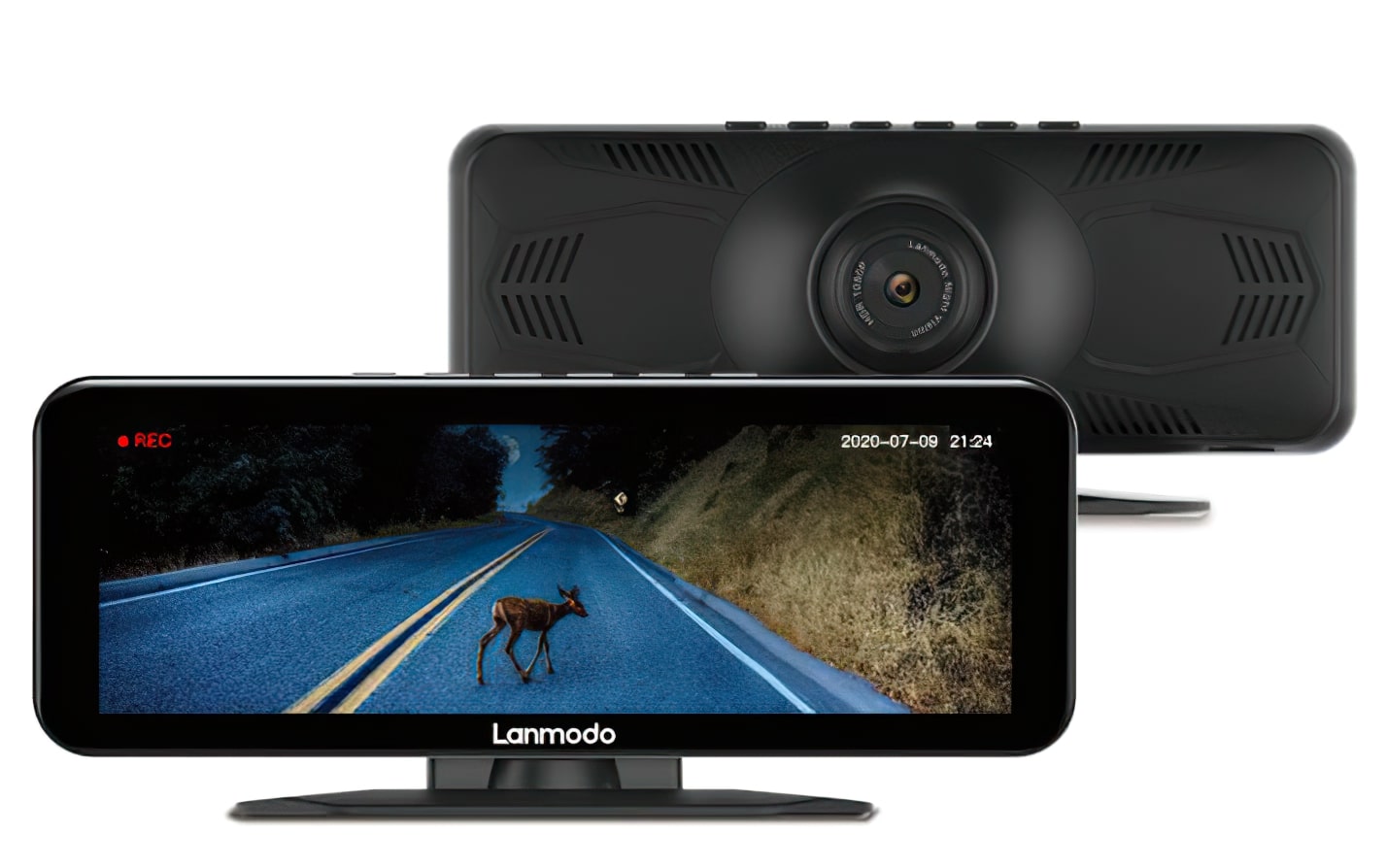
The Samsung T7 Touch is the most recent member of Samsung’s transportable SSD household. Like the Samsung T5 earlier than it, this titchy drive has a stunning, smooth aluminium chassis that’s roughly the identical dimension as a few stacked bank cards. Only now it has a flowery fingerprint reader for additional safety and helps the nippier USB 3.2 Gen 2 normal, resulting in sequential learn and write speeds which can be virtually twice as quick as its T5 predecessor. Is it essentially a greater purchase than the best gaming SSD-grade T5, although? Here’s wot I feel.
Available in 500GB, 1TB and 2TB sizes in both black or silver, the Samsung Portable T7 Touch (to provide it its full and correct identify) is by far one of the enticing exterior SSDs I’ve ever laid eyes on. I imply, the T5 was already fairly a looker, however the T7 Touch is bloody pretty. It’s an infinitely nicer factor than WD’s My Passport SSD, and I a lot favor it to the similarly-sized however flimsy-feeling plastic casing of the Adata SC680 (a separate assessment of which can be coming shortly). It’s quite a bit smaller than Crucial’s X8, too (assessment additionally coming quickly), and customarily seems and seems like a correct premium little bit of package.
The Samsung T7 Touch does, nonetheless, price much more, with the 500GB mannequin coming in at an eye-watering £130, whereas the 1TB and 2TB fashions are set to price £196 and £366 respectively when it launches on the finish of January (US pricing TBC). There may even be a non-Touch model popping out in May, which helps the identical USB 3.2 Gen 2 normal however ditches the fingerprint reader, however with no phrase from Samsung on how a lot that’s going to price but, it’s tough to say how less expensive it’s going to be in consequence.
The Samsung T5, however, can nonetheless be had for £81 (500GB), £144 (1TB) and £296 (2TB). This solely helps the USB 3.1 Gen 2 normal, admittedly, as does the £90 (512GB), £150 (1TB) and £300 (2TB) WD My Passport, however except you’ve bought a bang-up to this point laptop computer or PC motherboard at your disposal, you’ll in all probability discover that the majority of your USB ports are nonetheless solely USB 3.1 ports anyway. Indeed, my PC’s Asus Prime Z370-P motherboard solely has USB 3.1 ports, as does my Dell XPS 15 laptop computer, which I purchased on the finish of 2018. My laptop computer does at the very least have one USB-C port to see what the T7 Touch is really able to, however except you’re within the means of upgrading your PC proper this second, there’s a superb probability you in all probability gained’t be able to take advantage of it.
That mentioned, even when you’re shopping for a brand new exterior SSD with a little bit of future-proofing in thoughts, the T7 Touch continues to be significantly dearer than its different USB 3.2 Gen 2 rivals. The Crucial X8, for instance, will set you again £113 for its entry-level 500GB capability and £155 for its high 1TB mannequin. The Adata SC680, in the meantime, is even cheaper, obtainable for simply £72 for the highest 480GB dimension. Can the Samsung T7 Touch actually be price all that more money?
Unless you really need that fingerprint reader, I’d in all probability say not. I’ve but to check the Crucial and Adata in full, however I’m unsure they’ll even have that a lot distinction on my total verdict. You see, whereas the T7 Touch’s sequential speeds are certainly roughly twice as quick as Samsung’s T5, coming in at 866MB/s learn and 856MB/s write over USB-C, its random learn and write speeds left quite a bit to be desired.
After all, sequential speeds aren’t a very good indicator of what you’ll see in on a regular basis use. Indeed, most SSDs don’t learn and write their information in good, neat, sequential blocks. They chuck it everywhere in the store, making random velocity checks a significantly better indicator of what you’ll see day-to-day.
Here, the T7 Touch was fairly disappointing. Regardless of whether or not I used its bundled USB-C to USB Three or USB-C to USB-C cable with my XPS 15 laptop computer, the outcomes from AS SSD’s 1GB 4K random take a look at have been just about an identical, coming in at a moderately measly 17MB/s learn and 37MB/s write. That’s truly a tad slower than my T5 speeds, which got here in at 24MB/s learn and 41MB/s write respectively.
The T7 Touch’s switch speeds have been a bit extra promising, and switching over to its USB-C to USB-C cable did present a noticeable enchancment over its USB3 speeds this time. To take a look at this, I used AS SSD’s copy benchmark, which includes transferring three completely different file varieties from the OS onto the drive – an ISO folder consisting of two massive information, a applications folder with plenty of little information, and at last a game folder that’s made up of each large and small information.
Over USB3, the T7 Touch managed 326MB/s for the ISO, 121MB/s for the Program take a look at, and 249MB/s for the Game, which is kind of consistent with the outcomes I’ve for the T5 and WD My Passport. However, switching over to USB-C noticed these figures rise to 501MB/s, 128MB/s and 324MB/s respectively, placing it fairly a manner in entrance of its rivals.
However, the precise time you’ll save ready for all that to occur isn’t truly as a lot as you’d suppose. If AS SSD’s timings are something to go by, these quicker switch charges saved me… a second every in complete. Yep. One measly second per take a look at. Of course, these seconds could properly stack up into eventual minutes relying on what number of information you’ve transferring, but it surely’s hardly the sort of saving that’s going to revolutionise your workload.
Then there’s the fingerprint reader. It labored, more often than not, but it surely’s nowhere close to as quick and easy because the fingerprint reader I’ve on my telephone, for instance. Instead, it opens the drive in read-only mode first (albeit with a useful little textual content file known as “This is Read Only Partition” to let you recognize it’s not opened totally but), and it typically took a few seconds for it register my fingerprint and open it correctly.
Sometimes, it simply didn’t recognise my fingerprint full cease, forcing me to enter the password I’d set earlier than I might begin utilizing it, which, let’s face it, is far more trouble than it’s price. Plus, Samsung’s SSD software program would typically fail to recognise the SSD was even connected to my laptop computer, even once I was capable of open and browse the information in Windows’ File Explorer. These software program kinks will hopefully be ironed out earlier than launch, however mixed with its moderately underwhelming random learn and write speeds, it doesn’t precisely scream “good value”.
I’ll be writing up separate opinions of the Crucial X8 and Adata SC680 quickly to see how they evaluate, however for now I’d be inclined to stay with the Samsung T5 as my exterior SSD of alternative, as I’m unsure the T7 Touch actually does sufficient to justify its larger worth.





